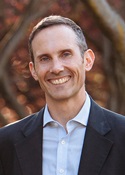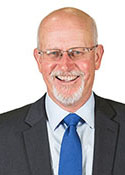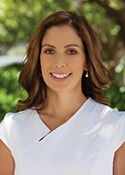Fenner
Margin: Labor 12.6%
Region: Northern Canberra, Australian Capital Territory
Electorate renamed from Fraser in redistribution
In a nutshell: Undergoing a name change at the coming election from Fraser to Fenner, the electorate covering northern Canberra has been a stronghold for Labor since the ACT was first divided into two seats in 1974.
Candidates in ballot paper order

|
ANDREW KEITH LEIGH ANDREW WOODMAN ROBERT GUNNING CARLY SAEEDI TIM BOHM |
Fenner is the newly adopted name for the seat formerly known as Fraser, which has covered the northern end of the Australian Capital Territory since it was first divided into two electorates in 1974. Whereas the Canberra electorate fell to the Liberals in 1975 and was retained by them in 1977, Fraser has at all times been held by Labor. The electorate encompasses the suburbs immediately north of the city centre, and the city’s northern spurs through Belconnen and Gungahlin. The city centre and other inner suburban territory immediately north of Lake Burley Griffin have been lost to the Canberra electorate in the redistribution, accounting for over 10,000 voters but making no difference to the two-party margin.
The current member, Andrew Leigh, came to the seat in 2010 on the retirement of Bob McMullan, who had held various ACT seats since 1988. McMullan moved from the Senate to the Canberra electorate when the territory gained a third seat in 1996, then moved to Fraser when it reverted to two seats in 1998. Canberra went to Annette Ellis, the first and final member for the short-lived seat of Namadji. The loser in the game of musical chairs was Steve Darvagel, who had retained Fraser for Labor at a by-election held in February 1997 upon the retirement of John Langmore, the member since 1984.
Both McMullan and Ellis announced their impending retirements in early 2010, amid suggestions they were pushed as much as jumped. McMullan’s Left faction was keen to see the seat go to Nick Martin, the party’s assistant national secretary. However, the branch membership exercised its independence in the complicated preselection struggles that followed, in which Andrew Leigh was part of a field that also included constitutional law maven George Williams. The Left membership rebelled against a deal struck by the factional hierarchy to exchange support with Right candidate Mary Wood in Fraser, and most of the Right’s support which eventually end up with Leigh, who defeated Martin at the final ballot by 144 to 96.
Andrew Leigh came to politics with an impressive CV, having practised law in Sydney and London and gained a doctorate from Harvard University, before becoming professor of economics at the Australian National University. A Julia Gillard loyalist, he gained the position of parliamentary secretary to the Prime Minister in the shake-up that followed Kevin Rudd’s abortive leadership bid in March 2013, only to lose it when Rudd returned to the leadership at the end of June. Although factionally unaligned, he won promotion to the outer shadow ministry after the September 2013 election defeat as Assistant Shadow Treasurer.
The Liberal candidate for the coming election is Robert Gunning, the director of the Livestock and Bulk Carriers Association. The Greens have endorsed Carly Saeedi, a lawyer and migration agent.
Analysis by William Bowe. Read William’s blog, The Poll Bludger.


